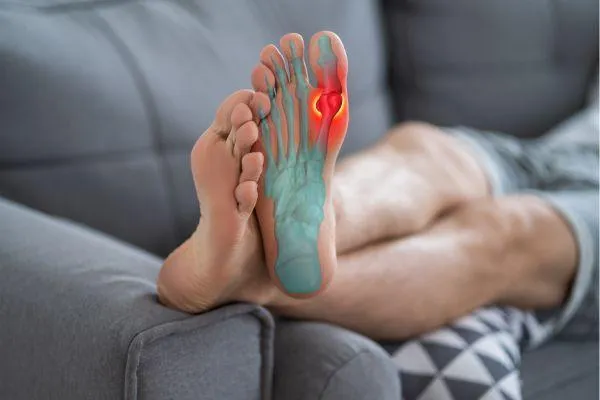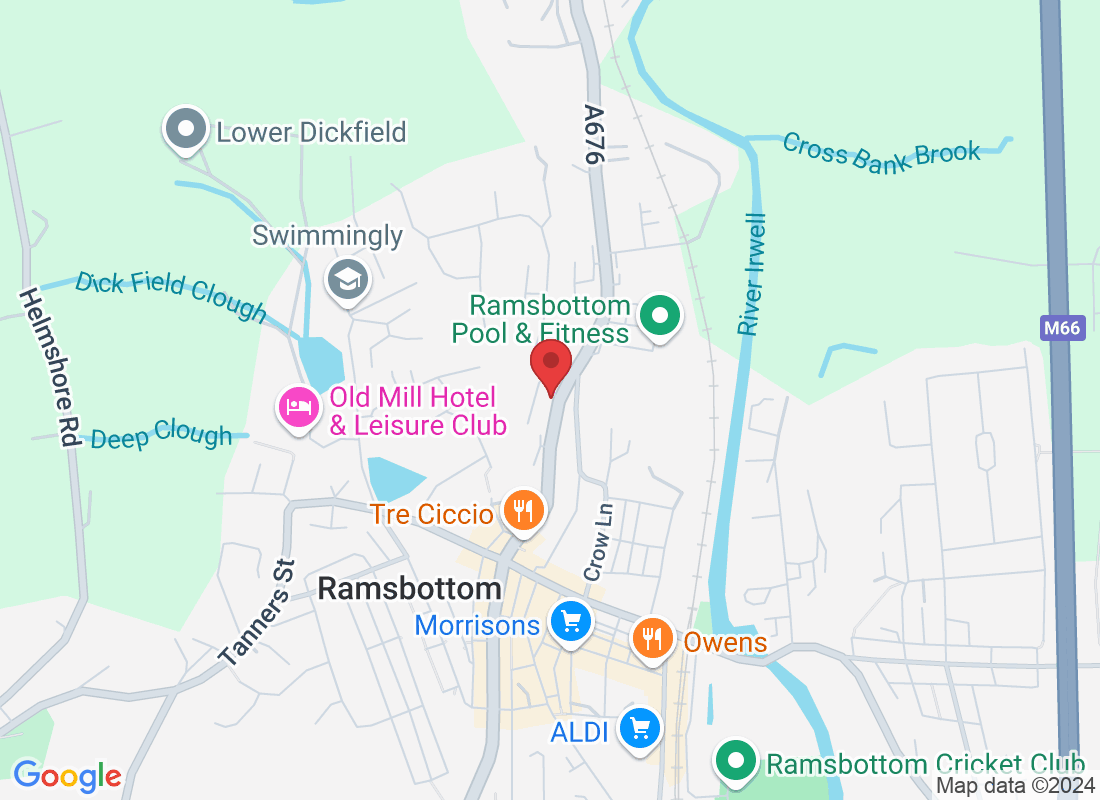
What is Plantar Fasciitis? Understanding the Causes and Symptoms
Plantar fasciitis is one of the most common causes of heel pain. It’s an injury to the plantar fascia, a thick band of tissue that runs along the bottom of your foot, from your heel to the toes. This band supports the arch of your foot and helps absorb the shock when you walk or run. Over time, the plantar fascia can become irritated and inflamed, leading to the sharp, stabbing pain typically felt in the heel.
Causes of Plantar Fasciitis
There are several risk factors and causes of plantar fasciitis, with repetitive stress on the foot being the leading contributor. Some of the most common causes include:
Overuse: People who engage in activities that put a lot of pressure on their feet, such as running, jumping, or standing for extended periods, are more likely to develop plantar fasciitis.
Improper Footwear: Shoes with poor arch support, flat shoes, or high heels can strain the plantar fascia and lead to pain. Shoes that don't offer proper cushioning can cause the feet to absorb more shock, which can damage the tissue.
Foot Mechanics: People with flat feet or high arches are more prone to plantar fasciitis. Irregularities in how you walk, such as overpronation or supination, can put additional strain on the fascia.
Obesity: Carrying extra weight increases the pressure on your feet, which can lead to plantar fasciitis.
Tight Calf Muscles: Tight calf muscles or Achilles tendons can also contribute to the condition. When these muscles are tight, they affect the movement of your feet and put more strain on the plantar fascia.
Symptoms of Plantar Fasciitis
The hallmark symptom of plantar fasciitis is pain in the heel, especially when you take your first steps in the morning or after long periods of rest. The pain tends to lessen as you move around, but it can return after prolonged standing or walking. The pain may also get worse when climbing stairs or standing on tiptoe.
Some other signs include:
Swelling or tenderness in the heel
Pain after standing or walking for long periods
Pain that is more pronounced after exercise (but not during exercise)
If you’re experiencing these symptoms, it’s important to get an early diagnosis. Early intervention can prevent the condition from becoming chronic and can lead to quicker recovery.
Treatment Options
Plantar fasciitis is typically treated with non-invasive methods. Resting the foot, ice therapy, and anti-inflammatory medications are often effective in the early stages. Physical therapy, stretching exercises, and orthotics can help alleviate pain and address any biomechanical issues contributing to the condition.
If you’re experiencing heel pain, it could be plantar fasciitis. Early treatment can prevent it from becoming a chronic issue. In our Plantar Fasciitis Treatment Options post, we discuss the best ways to relieve this condition. For a deeper dive into prevention and lifestyle changes, check out our How to Prevent Plantar Fasciitis blog.



